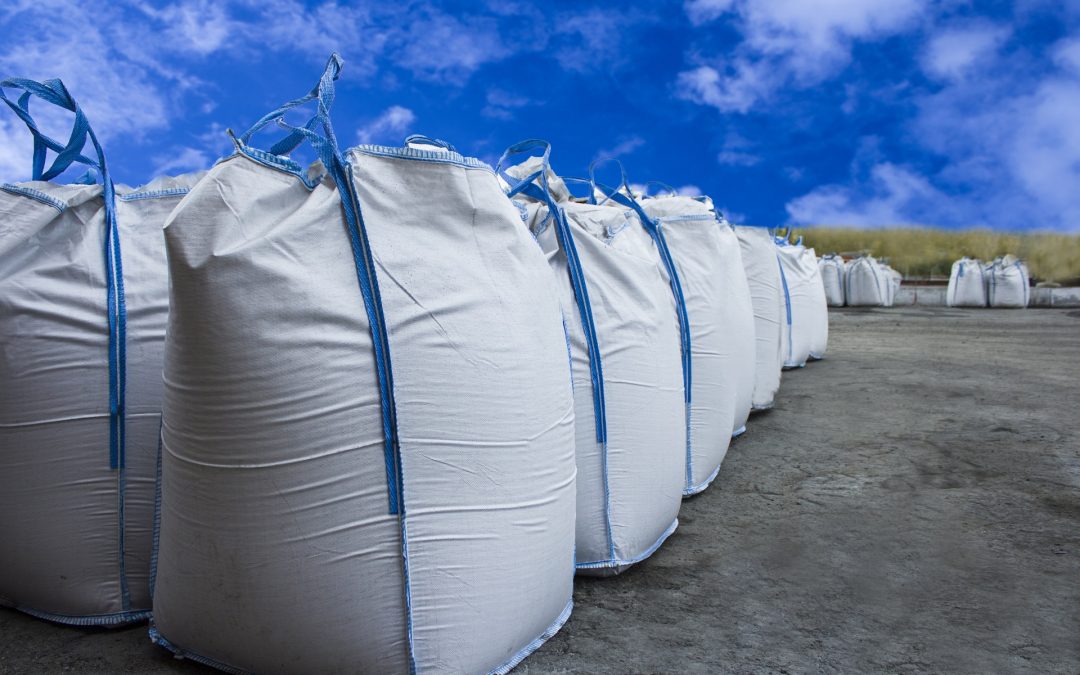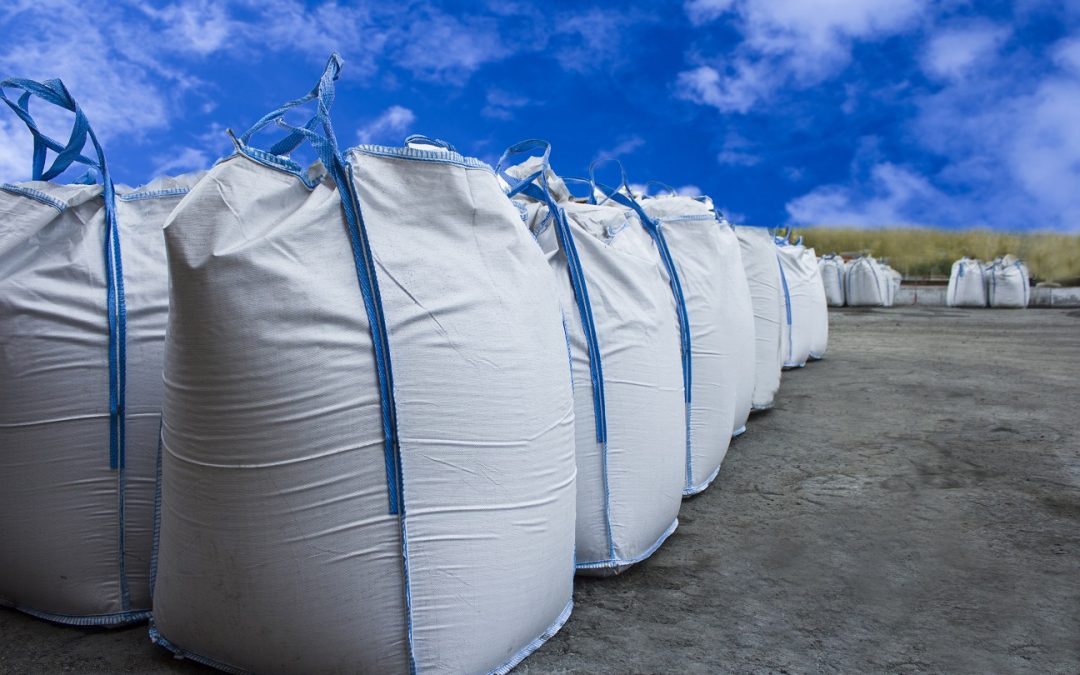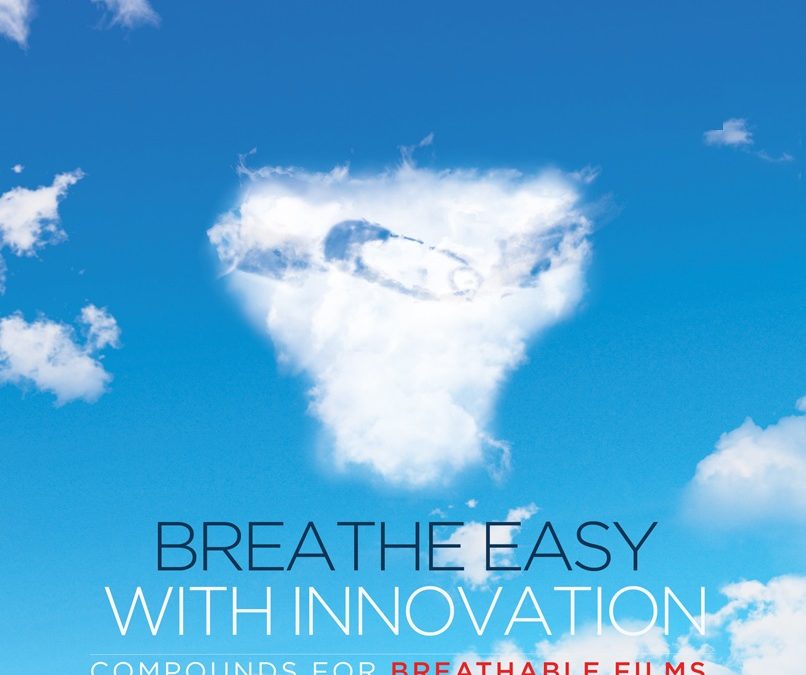
by Kandui Industries Pvt. Ltd. | Jun 2, 2025 | General
In the dynamic world of plastics, achieving vibrant and consistent colours is a key aspect of product appeal. One of the secrets behind the brilliant aesthetics of many plastic products lies in the use of Optical Brighteners. In this comprehensive exploration, we delve into the intricacies of Optical Brighteners for plastics, unravelling the science behind their brilliance and the diverse applications in which they shine.
Table of Content
Exploring the Brilliance of Optical Brightener for Plastic in Depth
Understanding Optical Brighteners for Plastic:
Applications of Optical Brighteners in Plastics:
- Colour Enhancement:
- UV Protection:
- Printing and Packaging:
- Textiles and Fibers:
- Detergent Bottles and Household Products:
Benefits of Optical Brighteners for Plastic:
- Aesthetic Appeal:
- Colour Stability:
- Versatility:
- UV Protection:
Understanding Optical Brighteners for Plastic:
Optical Brightener For Plastic, also known as fluorescent whitening agents, are chemical compounds that absorb ultraviolet (UV) light and re-emit it as visible blue light. This process results in a whitening or brightening effect, enhancing the overall appearance of materials.
Optical Brighteners function by absorbing invisible UV light and transforming it into visible light, typically in the blue range. This “whitening” effect compensates for any yellowing or dullness in the material, making it appear brighter and more vibrant.
Applications of Optical Brighteners in Plastics:
1. Colour Enhancement:
Optical Brighteners are widely used in plastics to enhance colour brightness. They are particularly effective in white and light-coloured plastics, where maintaining a crisp and clean appearance is crucial.
2. UV Protection:
In addition to their whitening effect, some Optical Brighteners offer UV protection by absorbing and converting harmful UV rays. This property is valuable in applications where protection against UV-induced degradation is essential.
3. Printing and Packaging:
Optical Brightener For Plastic play a significant role in the printing and packaging industry, where vibrant and eye-catching visuals are key. They contribute to achieving the desired colour intensity in plastic packaging materials.
4. Textiles and Fibers:
Optical Brighteners find applications in textiles and fibers, brightening fabrics and enhancing their visual appeal. This is particularly relevant in the fashion and apparel industry.
5. Detergent Bottles and Household Products:
Plastic containers for household products, such as detergent bottles, benefit from Optical Brighteners to maintain a fresh and clean appearance on store shelves.
Benefits of Optical Brighteners for Plastic:
1. Aesthetic Appeal:
The primary benefit of Optical Brighteners is their ability to enhance the aesthetic appeal of plastic products by providing a brighter and more vivid appearance.
2. Colour Stability:
Optical Brighteners contribute to colour stability, helping to counteract the natural yellowing or dulling that may occur over time due to environmental factors.
3. Versatility:
Optical Brighteners are versatile and can be used with various polymers, allowing manufacturers to achieve desired visual effects in a wide range of plastic products.
4. UV Protection:
The UV protection offered by some Optical Brighteners is an added advantage, extending the lifespan of plastic materials exposed to sunlight.
Also Read:- Understanding The Benefits Of Anti-Block Masterbatch In Plastic Manufacturing
Optical Brightener For Plastic are like the secret ingredient that brings out the brilliance in colour and appearance. As manufacturers strive to meet consumer expectations for visually appealing and durable products, the use of Optical Brighteners becomes an invaluable tool. This exploration into the science and applications of Optical Brighteners showcases their significance in the world of plastics, where the pursuit of brilliance is never-ending.

by Kandui Industries Pvt. Ltd. | May 12, 2025 | General
Proper Selection of Raw Materials Based on Regional UV Radiation Intensity
Just like our skin, plastics are also impacted by exposure to UV radiation from sunlight. The UV radiation’s intensity is measured in kLy (kilo-Langley), a unit of which represents how much UV radiation energy falls on a cm² per year.
Ultra Violet radiation is variable and depends to a large extent on the geographical location. So UV Masterbatch selection & dosage is decided based on the end product usage location.
Effect of Pesticides & Other Chemicals on the Performance of UV Additive
UV masterbatches are widely used for agricultural films & nets.
These films are exposed to maximum radiation and are susceptible to severe photodegradation. The selection of UV, in this case, depends on many factors.
The chemical resistance of the UV towards pesticides, fertilizers and other chemicals are of much importance in this case.
Dispersion & Uniformity in UV Masterbatch For Prolonged Effectiveness
UV masterbatches are produced with a single or combination of UV and other additives. So proper dispersion of these additives is most important.
Anyone can make a UV masterbatch by adding the additive to a polymer and extruding it to make the UV granules. But the type of polymer, mixing process, screw configuration of the equipment is deciding the dispersion of the UV additive.
The inconsistency of the UV content in the masterbatch can lead to serious performance issues.
Food Grade, ROHS, REACH Regulations
Masterbatch manufacturers are focussing hard on the increased regulatory environment along with a commitment to achieve the best UV stabilizer performance.
The new regulations not only affects the finished product standards but also define the additive processing methods.
The EU REACH is continuously updating new requirements on chemical products either manufactured or imported into EU countries. FDA and ROHS compliances are applicable for UV additives used for food contact applications.
Effective Active Content & Effect of Other Additives Present in the System
UV performance is boosted by some of the other additives present in the masterbatch. Some of the Antioxidant additives will help in improving UV retention.
The presence of some pigments like TiO2 and carbon black also will improve the UV retention. Need to check the interaction of additives like Slip, Antistatic etc present in the system.
Proper Selection of Colorant Along With UV is Essential to Retain Aesthetics
UV additives protect the polymer from degrading and discolouring. But aesthetics cannot be guaranteed only with the addition of UV stabilizers.
The product should be produced with sufficient thickness and the colourants used should be with good light fastness properties.
Lower light fastness pigments will fade or discolour even after the addition of UV.
The Effect of UV on Fire Retardancy
The interaction of UV additives on FR properties and vice versa should be properly checked.
FR properties always deteriorate with the addition of UV. But the fire retardant and UV additive system can be selected for minimum interaction.
This will allow a flame-resistant product with long service life.
Correlation Between Actual Exposure & Simulated Laboratory Exposure
Accelerated UV-weathering cycles are predominately used for evaluating the durability of plastic materials but the correlation is yet to be established.
The reason is the difference in photodegradation pattern of various polymers and the failure is defined based on various parameters.
For polyethyle films, the criteria of failure may be loss in elongation, but for PP raffia the retention in tensile strength & elongation will be equally important.
The actual exposure at various locations with different climatic conditions cannot be exactly extrapolated but the accelerated weathering tests simulate the environmental instability of polymeric materials over a relatively short time frame.

by Kandui Industries Pvt. Ltd. | Apr 28, 2025 | General
At Kandui, we pride ourselves in the quality, precision and perfection of our manufacturing process. Moreover, our products boast of some of the finest features that a masterbatch can have, here’s taking a look at our flame retardant masterbatch.
Flame Retardant Masterbatch
By definition, a solid additive that is used to colour or impart important features to plastics is called a masterbatch.
Our flame retardant masterbatch – the Kandui Firefighter® – therefore makes fire-proof plastics. This halogenated flame retardant is an effective solution for creating fire-proof polypropelene (homo polymer and co-polymer). This product works well on both – thin as well as thick applications.
These versatile features of our flame retardant masterbatch make it a crucial element to create products for space interiors, pipes and ducts, furniture and even office equipment and profiles, especially because the Kandui flame retardant masterbatch is RoHS compliant too!
The Kandui Firefighter® doesn’t just have a cool name – it also boasts of some quite remarkable features too! For one, product requires the minimum suggested dosage of additive, even at higher dosage Kandui Firefighter® works wonders in the sense that it maintains the tensile strength of the product completely. There is a negligible change in elongation – but no damage to the strength of the product.
Our product is also a great additive for fire-proofing fabrics such as Raffia. For non-woven fabrics, a low dosage addition works perfectly well owing to the good filterability of our product. it is also used as an additive in lamination. The Kandui Firefighter makes for a great additive to fabrics like tarpaulin, woven sacks, PP films, FIBC and PP non-woven. Such is the effect that even on continous contact with fire, the fabric will at most give out low-dripping and smoke without catching fire and will thus save lives and damages.

by Kandui Industries Pvt. Ltd. | Mar 31, 2025 | General, Masterbatches
As the name indicates, BREATHEEZE® is about the ability to pass air and moisture through any medium. This can be a cloth, fabric, film, membrane, or anything similar. Here, it is a film that is permeable to gases and water vapour but impermeable to anything in a liquid state. So, a good breathable film gives excellent comfort while protecting from infection and rashes. More clearly, BREATHEEZE® is a special plastic compound used to make such films. The films are mastered for manufacturing hygiene products like baby diapers, adult diapers, sanitary napkins and PPE suits.
Leading The Way Toward Better Customer Satisfaction
There were multiple challenges in achieving the optimum comfort level. But the perception of discomfort ratings is significantly associated with the increase in skin temperatures and sweat rates. So, to provide unparalleled customer satisfaction not only requires a deep understanding of the market but also an understanding and knowing the technology that favours innovation to bring out a product that makes a difference.
The Technology Behind The Innovation
For giving proper comfort and customer satisfaction, the below properties are of great importance in developing a good breathable film.
- Good tensile strength
- Required level of Elongation
- Good Printability and Gloss
- Aesthetics –Opacity & Whiteness
- WVTR-Water Vapour Transmission rate
The breathable films can be produced by various processing techniques like Cast or Blown film method. The BREATHEEZE® Compounds are manufactured with different concentrations of polymers and a very fine Calcium Carbonate with specific particle size distribution and coating. The compounds can help achieve different WVTR levels and other properties, but the properties can be better modified by the end product manufacturers by changing the process parameters. Customization is also possible at both levels that allows delivering exactly what the market requires.
This breathable compound is widely used in hygiene products that demand the highest quality of protection and sanitation. The compounds are produced using advanced compounding techniques, keeping the product value in mind and the growing sensitivity and consumer awareness about these products. The production process needs to be monitored, both online and physically, and rheological properties are measured frequently to ensure product consistency.
When a product flies off the shelf, the consumers only know half of the story behind its success. What they get to see is the branding and advertising behind the products. But there are several unsung heroes who make a product what it is with their unwavering resolve to provide the best raw material. And Kandui is surely one of them. Their promise to provide nothing but the best has helped them manufacture products that have stood the test of time and they continue to be the industry leader in making a compound that adds more life to its end products.
Conclusion
BREATHEEZE® compounds are a vital ingredient in making a microporous film used in various hygiene applications. This compound is designed to impart strength, softness and better adhesion to the fabric that is available with various WVTR ratings. Earlier, these products were widely imported as the polymer industry in India lacked proper knowledge, experience and infrastructure. Even though a lot has changed since then, only a few manufacturers have been able to develop Masterbatches of the highest quality and provide customisation to perfectly match the customer’s requirements.
The hygiene product market has evolved as a highly competitive business space where rising customer awareness about personal hygiene and safety has pushed manufacturers and leading brands to up their game in providing products that fulfil customer expectations. At a time when customers have access to the best global products, Indian manufacturers have made giant strides in developing products like BREATHEEZE® that are sure to make an impact in the long run.





